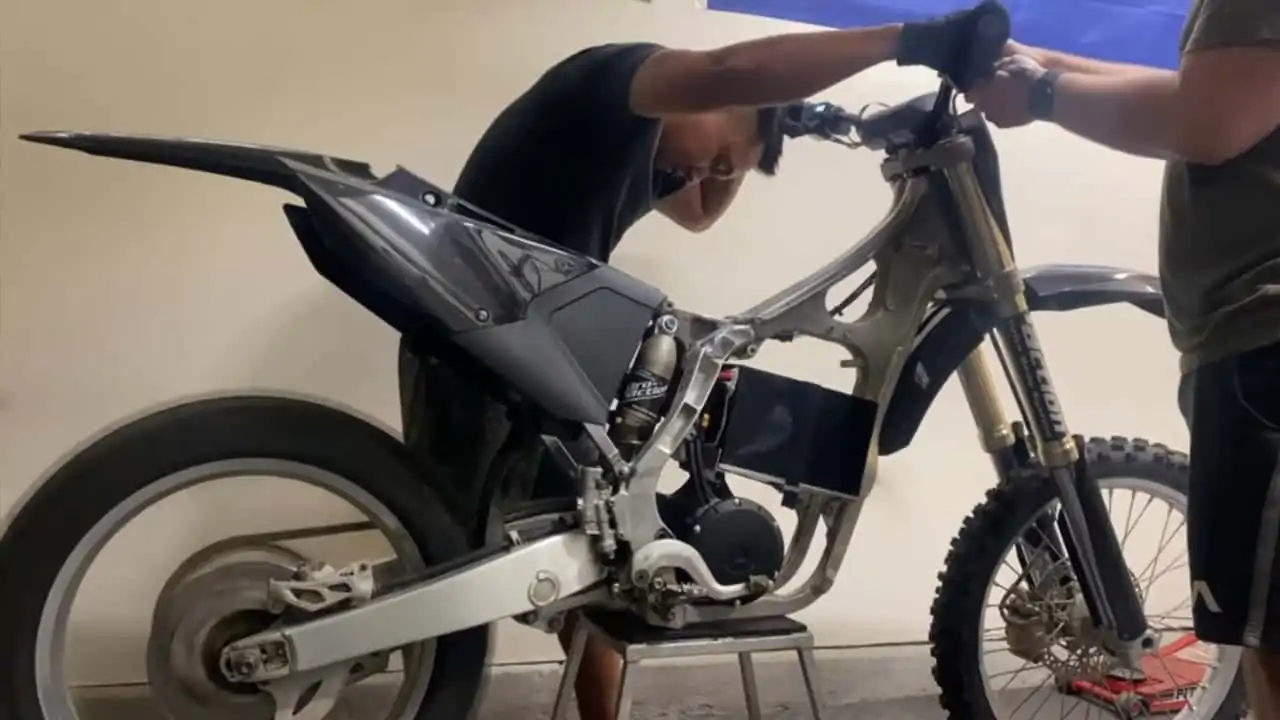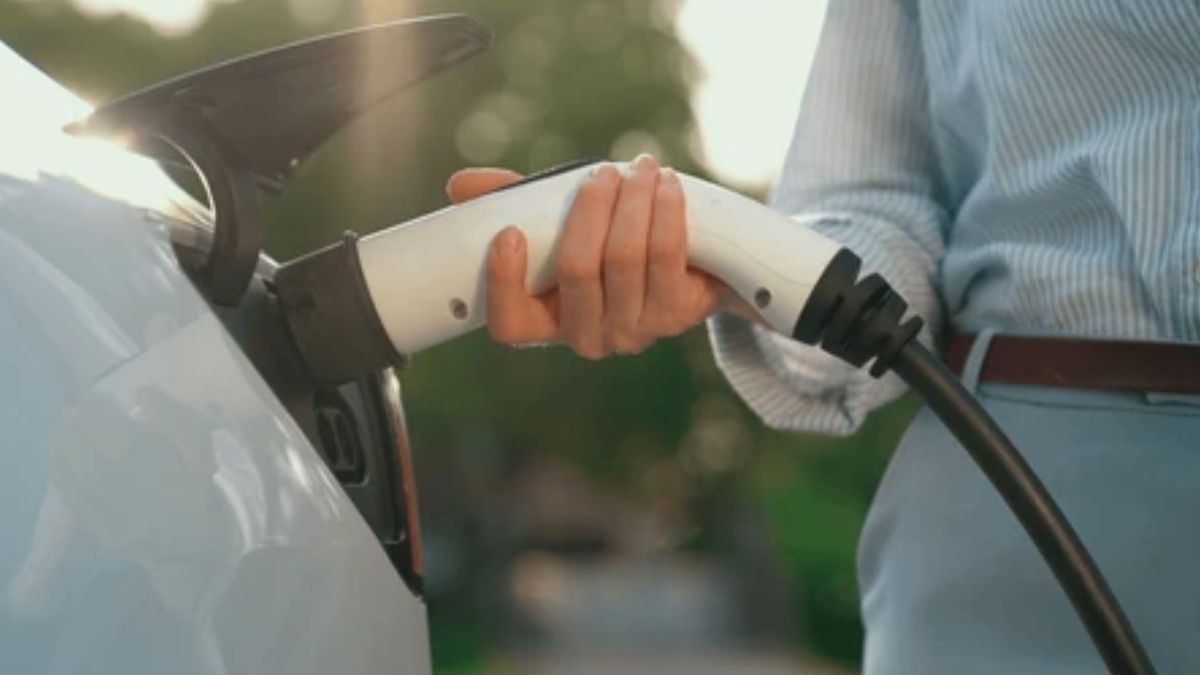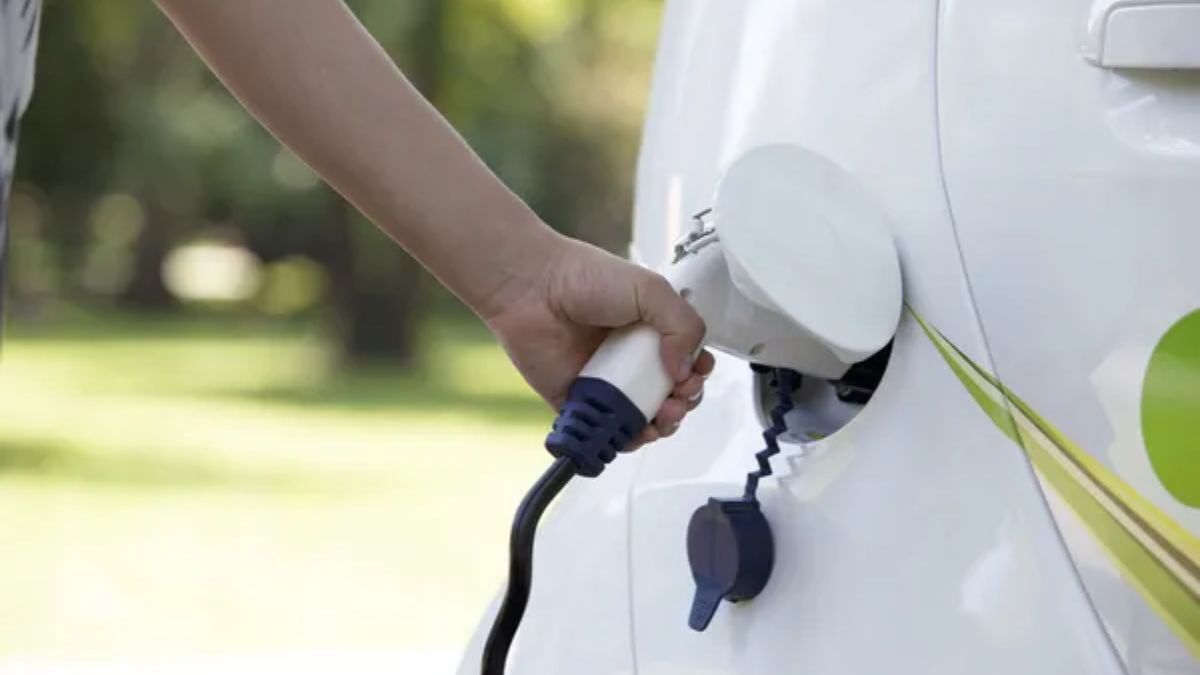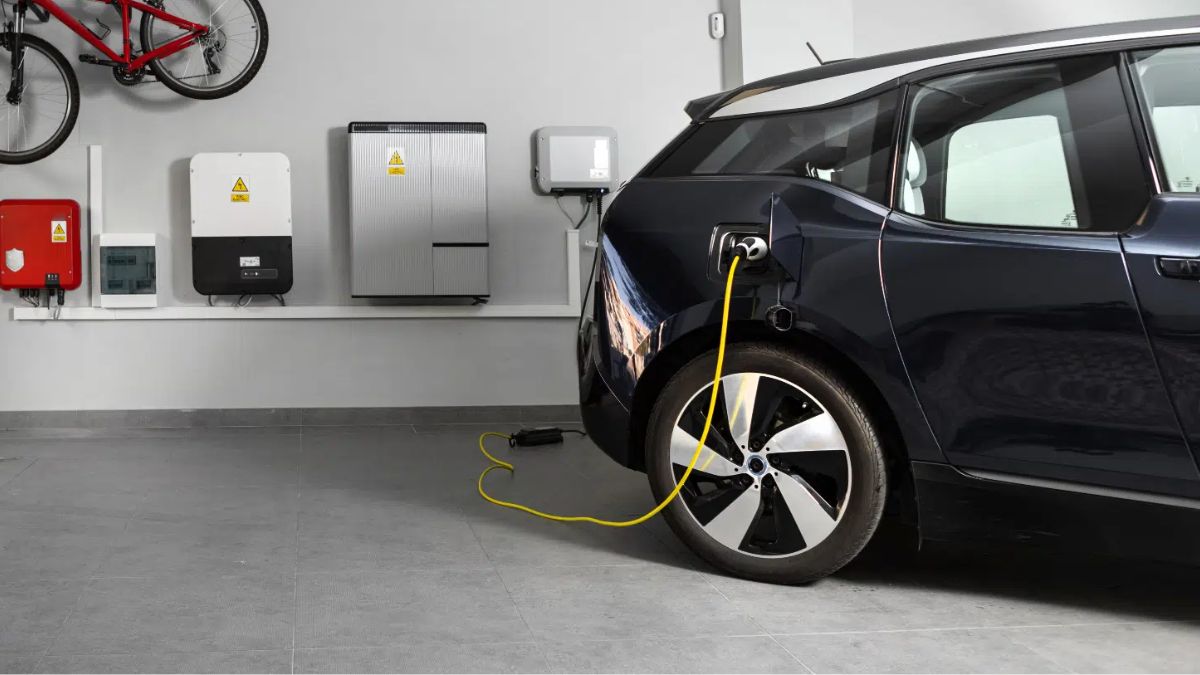
The allure of a user-friendly off-road vehicle, particularly for newcomers and seasoned enthusiasts, is undeniable. Electric motorcycles are rapidly establishing a distinctive space in the market, capturing attention with their growing appeal. This article delves into the possibility of embracing the electric revolution through conversion kits, providing an alternative path to joining this evolving trend.
Embracing the Electric Revolution with Conversion Kits
In the journey toward electric motorcycles, the latest models from brands like Zero, Sondors, and Surron are captivating, but they’re not the only entry point to the electric era. Numerous companies offer electric conversion kits, enabling motorcycle owners to electrify their existing rides. This section explores the concept of utilizing conversion kits as a means to contribute to the electric movement.
A Personal Journey: Yamaha YZ250 Electric Conversion
In this section, we follow Pat Outdoors on YouTube as he embarks on a project to breathe new life into his 2006 Yamaha YZ250. The bike, a veteran of many adventures, required an engine overhaul, making it an opportune candidate for electric conversion. Additionally, Pat sought an approachable off-road option for his wife, setting the stage for an intriguing transformation.
Exploring the E&C QS138 V3 Conversion Kit
The heart of Pat’s conversion lies in the 72V E&C QS138 V3 conversion kit, hailing from Electro & Co and priced at $1,099 USD. Pat’s journey goes beyond the basic kit, incorporating components such as a YZ Restyle Plastics Kit, Pro Taper handlebar mount, and HTTMT fat bar. This section provides insight into the conversion kit’s components and its potential for enhancing the original motorcycle.
The Conversion Process and Impressive Outcomes
With an installation period of approximately an hour, Pat undertakes the conversion process, documenting both the technical aspects and his personal commentary. The transformed bike boasts an aesthetic upgrade with black plastics and attains a noteworthy top speed of 58.8 miles per hour. The ride exhibits swift acceleration and a spirited performance. This paragraph highlights the successful outcomes of the conversion.
Contemplating the Shift to Electric
While electric motorcycles offer a simple trail-riding experience, questions about their long-term practicality remain. This section ponders whether motorcycle enthusiasts will embrace electric alternatives while acknowledging the impressive engineering and performance showcased in Pat’s project. The article invites readers to consider the evolving landscape of off-road electric vehicles.
Closing Thoughts: Embracing Innovation
The article concludes by applauding Pat’s meticulous conversion project and his comprehensive breakdown of the process. It acknowledges the ongoing debate between traditional combustion engines and electric solutions, emphasizing the significance of innovation in shaping the future of off-road motorcycling.
By structuring the article into distinct paragraphs with informative headings, the content becomes more organized and reader-friendly. The SEO-optimized headline ensures that the article is easily discoverable by search engines, catering to readers interested in electric motorcycle conversions and off-road riding.



